Home>Ideas and Tips>Phantom Power Slaying Energy Vampires
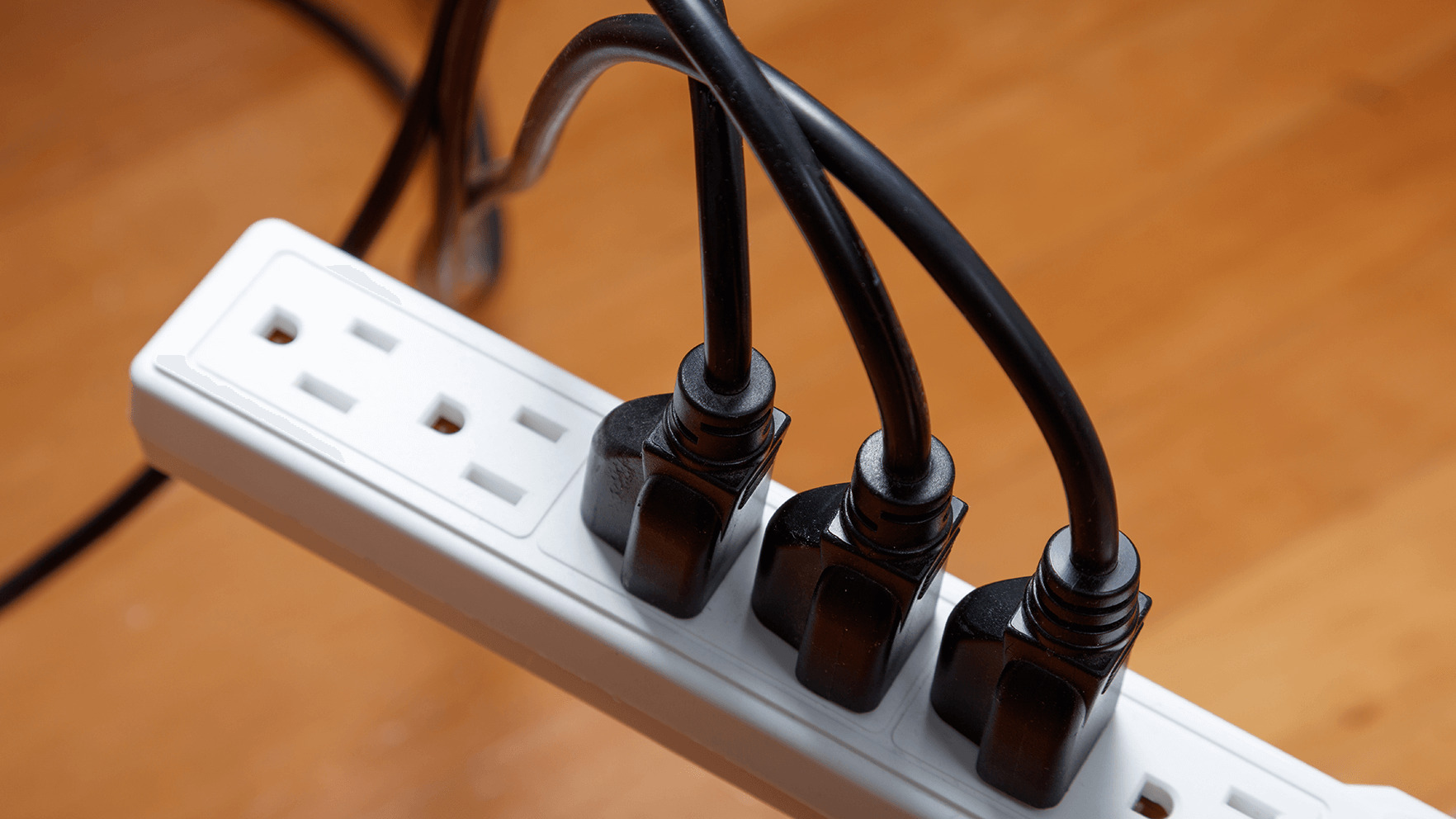

Ideas and Tips
Phantom Power Slaying Energy Vampires
Published: October 19, 2024
Learn how to identify and eliminate energy vampires in your home to save on electricity bills and reduce environmental impact.
(Many of the links in this article redirect to a specific reviewed product. Your purchase of these products through affiliate links helps to generate commission for Storables.com, at no extra cost. Learn more)
Introduction
As the seasons change and Halloween approaches, it's an ideal time to tackle a common household issue that can drain your wallet and the environment: energy vampires, also known as phantom loads. These devices continue to draw power even when they are turned off or in standby mode, contributing significantly to your electricity bill and environmental impact. In this article, we will delve into the world of energy vampires, identify common culprits, and provide practical tips on how to slay these silent energy thieves.
Read more: Phantom Leaks Mastering Roof Repair
What Are Energy Vampires?
Energy vampires, or phantom loads, are electronic devices that consume electricity even when they appear to be off. These devices often have digital displays or are connected to power sources through remote controls, which keep them in standby mode, ready to spring into action at a moment's notice. The term "energy vampire" was coined because these devices seem to suck electricity without providing any useful function, much like the mythical creatures of folklore.
The Impact of Energy Vampires
The impact of energy vampires on your household energy consumption can be substantial. According to various sources, including the National Renewable Energy Laboratory, dormant appliances and electronics can account for up to 10% of residential energy consumption. This translates into wasted energy and increased costs for consumers. For example, if your household consumes an average of $1,000 per year in electricity, energy vampires could be costing you an additional $100 to $200 annually.
Moreover, the cumulative effect of these devices across thousands of households is significant. For instance, if every household in the United States were to eliminate phantom loads, it could power approximately 11 million average homes. This not only saves money but also contributes to environmental sustainability by decreasing energy demand and lowering greenhouse gas emissions.
Identifying Common Energy Vampires
To tackle the problem of energy vampires effectively, it's essential to identify the common culprits lurking in your home. Here are some of the most common devices that fall into this category:
- TVs and Cable Boxes: These devices often have digital displays and can be controlled remotely, keeping them in standby mode even when not in use.
- Gaming Consoles: Modern gaming consoles are equipped with advanced features that keep them ready to play at a moment's notice, consuming power even when turned off.
- Home Theater/Audio Systems: These systems often have multiple components that continue to draw power in standby mode.
- Computers, Printers, and Computer Speakers: Office equipment and personal computers can consume significant amounts of power even when not actively in use.
- Chargers: Phone, laptop, and other device chargers continue to draw power even after the device is fully charged.
- Kitchen Appliances: Coffee makers, microwaves, and other kitchen appliances often have digital displays or remote controls that keep them in standby mode.
- Alarm Clocks: Many modern alarm clocks have digital displays and can be set to turn on lights or play music at specific times, consuming power even when not actively used.
Measuring Standby Power
To understand the extent of energy vampire activity in your home, it's crucial to measure the standby power consumption of various devices. A Kill-A-Watt meter is an excellent tool for this purpose. This device measures the energy consumption of appliances in watts and can help you identify which devices are the biggest culprits.
Here’s how you can use a Kill-A-Watt meter:
- Attach the Meter: Plug the Kill-A-Watt meter into an extension cord.
- Set the Meter: Set the meter to measure watts.
- Test Devices: Unplug each device from the wall and plug it into the meter.
- Record Results: Note down how many watts each device draws when turned off but still plugged in.
By measuring standby power consumption, you can get a clear picture of which devices are wasting the most energy and prioritize them for elimination or reduction.
Read more: Phantom Drafts Solving Unseen Air Leakage
Deciding Which Devices to Tackle
Once you have identified the energy vampires in your home, the next step is deciding which ones to tackle first. Here are some guidelines to help you make this decision:
- High Standby Power Usage: Focus on devices with high standby power usage. These are often the biggest contributors to phantom loads.
- Unnecessary Equipment: Eliminate unnecessary equipment that serves no purpose when not in use.
- Infrequent Use: Consider devices that are only used occasionally or seasonally. For example, a cordless weed whacker might only be used during the summer months, making its charger a prime candidate for unplugging during the off-season.
Practical Tips for Slaying Energy Vampires
Now that we've identified the common culprits and understood how to measure their power consumption, let's dive into practical tips for slaying these silent energy thieves:
1. Unplug Devices When Not in Use
The simplest method to kill vampire energy is to unplug electronics when they're not in use. This can be a time-consuming daily task, but it's effective. For example, unplug cell phone chargers when not in use, and make sure to take your device off the charger when it's fully charged.
2. Use Smart Power Strips
Smart power strips are an excellent tool for managing energy consumption. These strips recognize when appliances switch to standby mode and automatically cut power to those devices. This makes it easy to turn off multiple devices at once, saving you time and energy.
Read more: Phantom Noises Silencing Squeaky Floors
3. Upgrade to Energy Star Certified Appliances
Energy Star certified products and appliances have technology built-in to reduce the amount of standby power used when the appliance is turned off. Upgrading your appliances can significantly reduce phantom loads and save you money on your energy bills.
4. Utilize Automatic Timers
Automatic timers can help turn off energy-consuming lights or electronics when you're away from home or during long periods of inactivity. This ensures that even when you're not actively using a device, it's not wasting energy unnecessarily.
5. Plug Electronics into Power Strips
Plugging electronics into power strips makes it easier and quicker to turn them off all at once. This is particularly useful for devices like TVs, gaming consoles, and kitchen appliances that often have multiple components.
6. Activate Hibernate Modes
In offices, activating hibernate modes on computers and other office electronics can help reduce standby power consumption. Turning off equipment at night when no one is using it also helps minimize energy waste.
7. Check Local Resources
Many utility companies offer resources and tools to help customers manage their energy consumption more efficiently. For example, PG&E provides a Home Energy Checkup or Energy Action Guide, which includes tips on how to identify and eliminate energy vampires.
DIY Energy Efficiency Tool Kit
Investing in an energy-efficient DIY tool kit can be a cost-effective way to save energy. For instance, PG&E's DIY tool kit costs around $200 but can help customers save nearly $1,000 annually on their energy bills.
Conclusion
Slaying energy vampires is a straightforward process that requires some effort but yields significant benefits. By identifying common culprits, measuring standby power consumption, and implementing practical tips such as unplugging devices, using smart power strips, and upgrading to energy-efficient appliances, you can reduce your household's energy consumption and lower your bills.
Remember, every small step counts in the fight against phantom loads. Whether you're a homeowner or an office manager, taking charge of your energy consumption can make a real difference in both your wallet and the environment.
Additional Resources
For more information on how to tackle energy vampires in your home or office, consider visiting the following resources:
- Alliance to Save Energy: Tech Beat: Slay Vampire Energy With Gadgets
- California Energy Commission: Various resources on energy efficiency and standby power
- Care2: 5 Gadgets That Can Slash Costly Vampire Energy Use
- International Energy Agency: Powering down to save energy need not be a turn-off
- Department of Energy Website: Information on which appliances draw energy while plugged in
By combining these practical tips with the right tools and resources, you can join the fight against energy vampires and create a greener, more sustainable future for yourself and your community.
Was this page helpful?
At Storables.com, we guarantee accurate and reliable information. Our content, validated by Expert Board Contributors, is crafted following stringent Editorial Policies. We're committed to providing you with well-researched, expert-backed insights for all your informational needs.
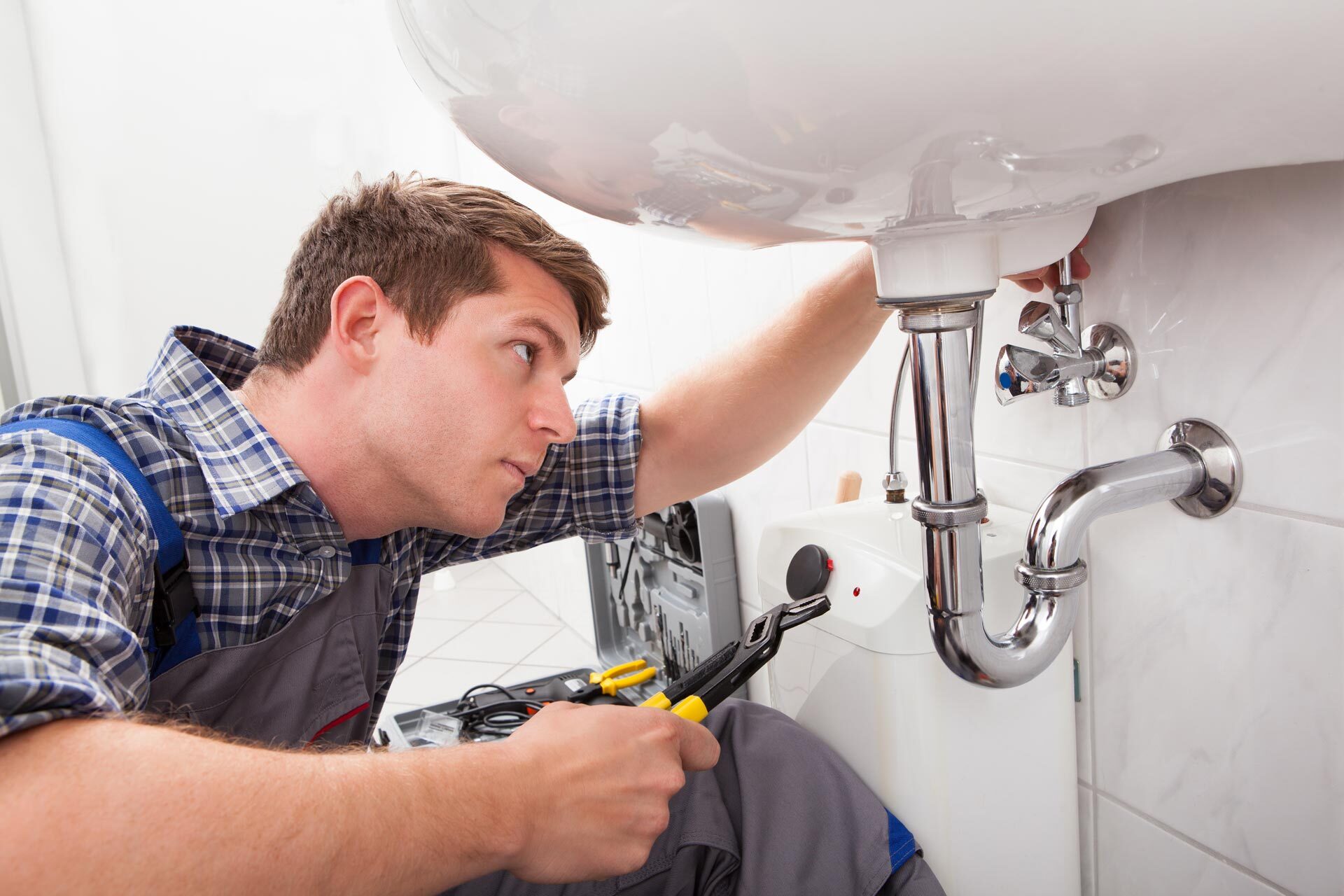
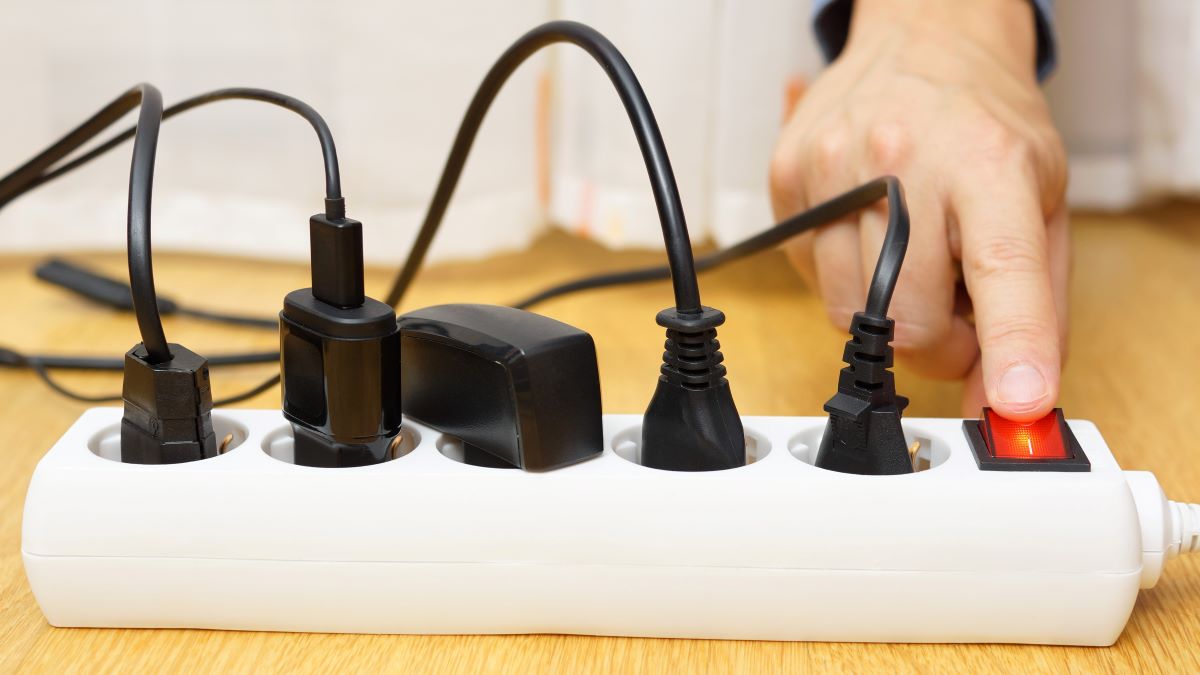

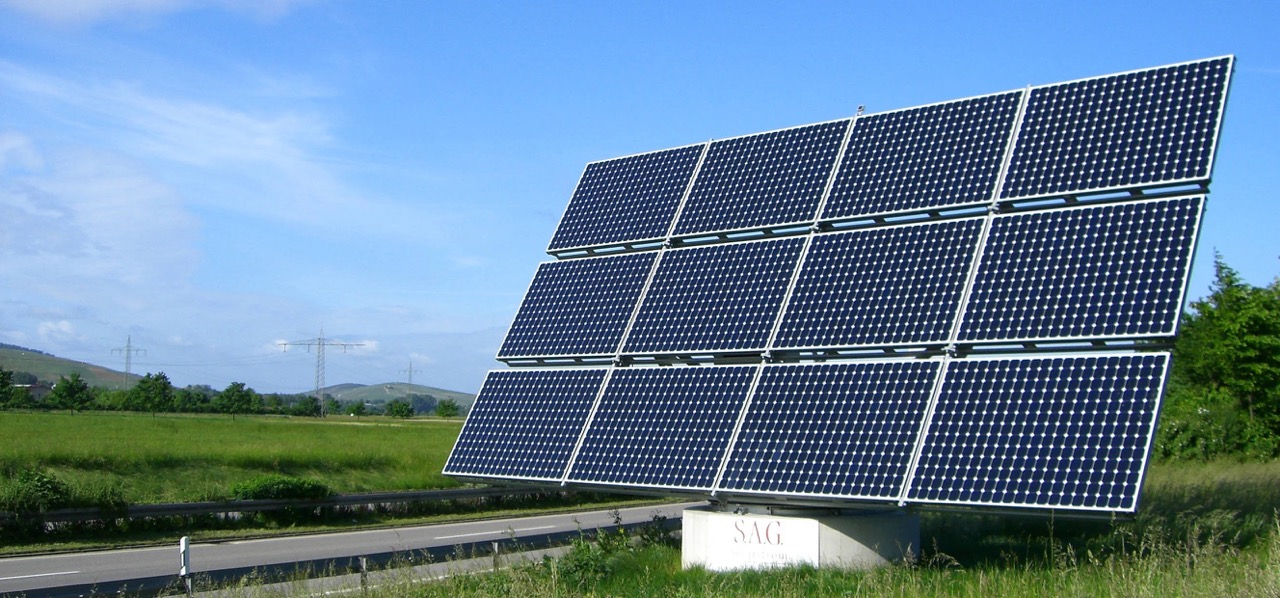
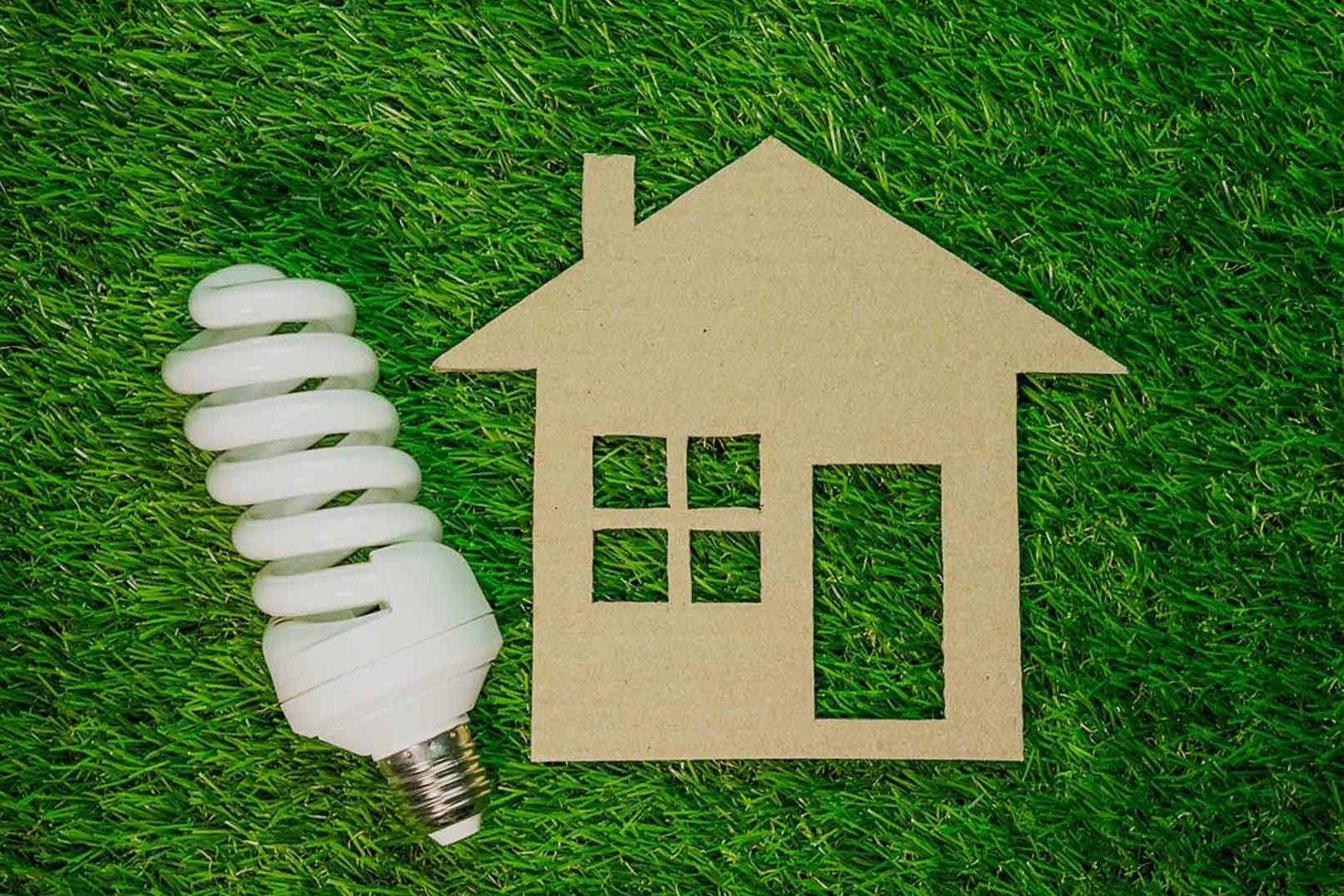


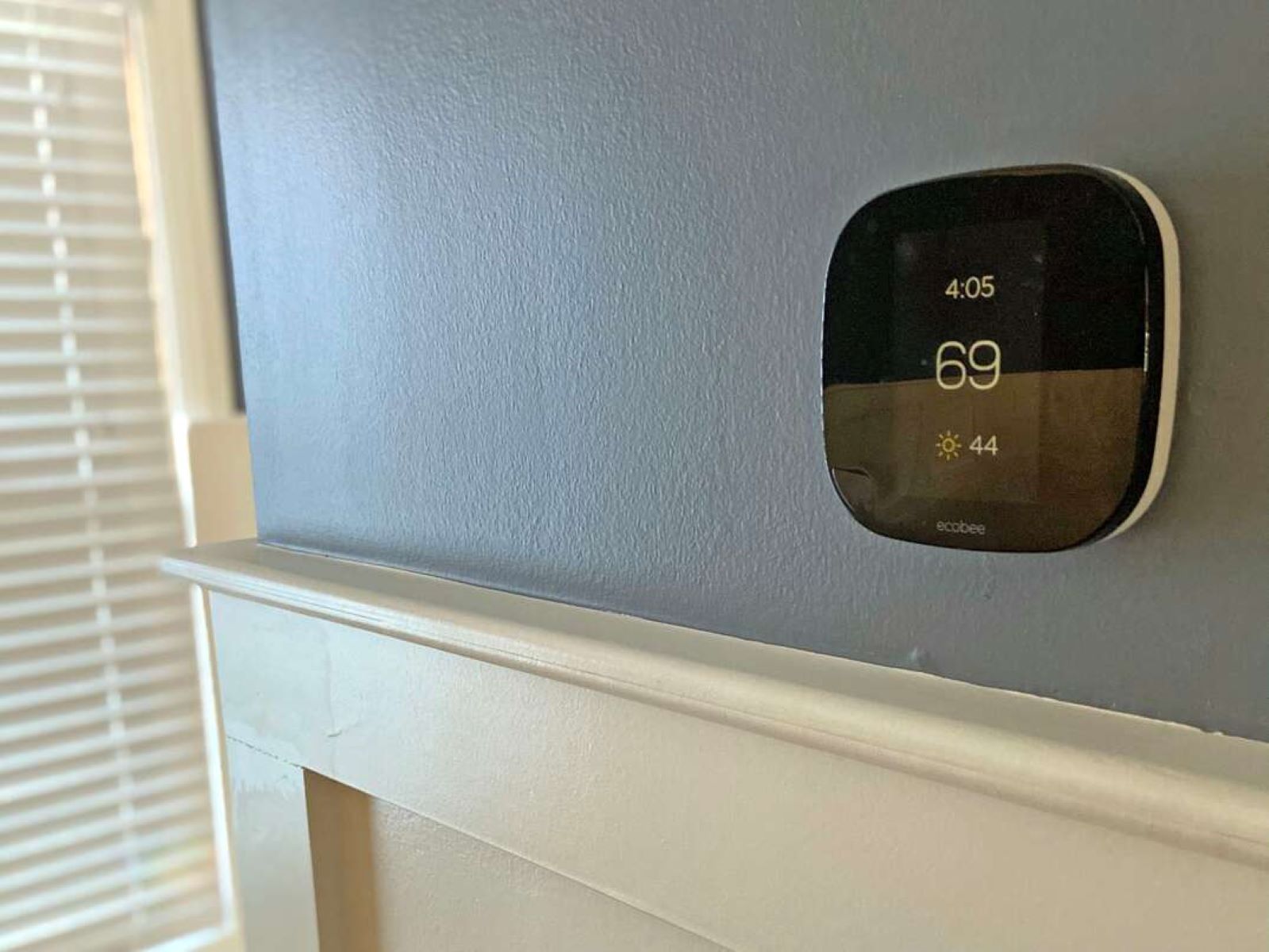

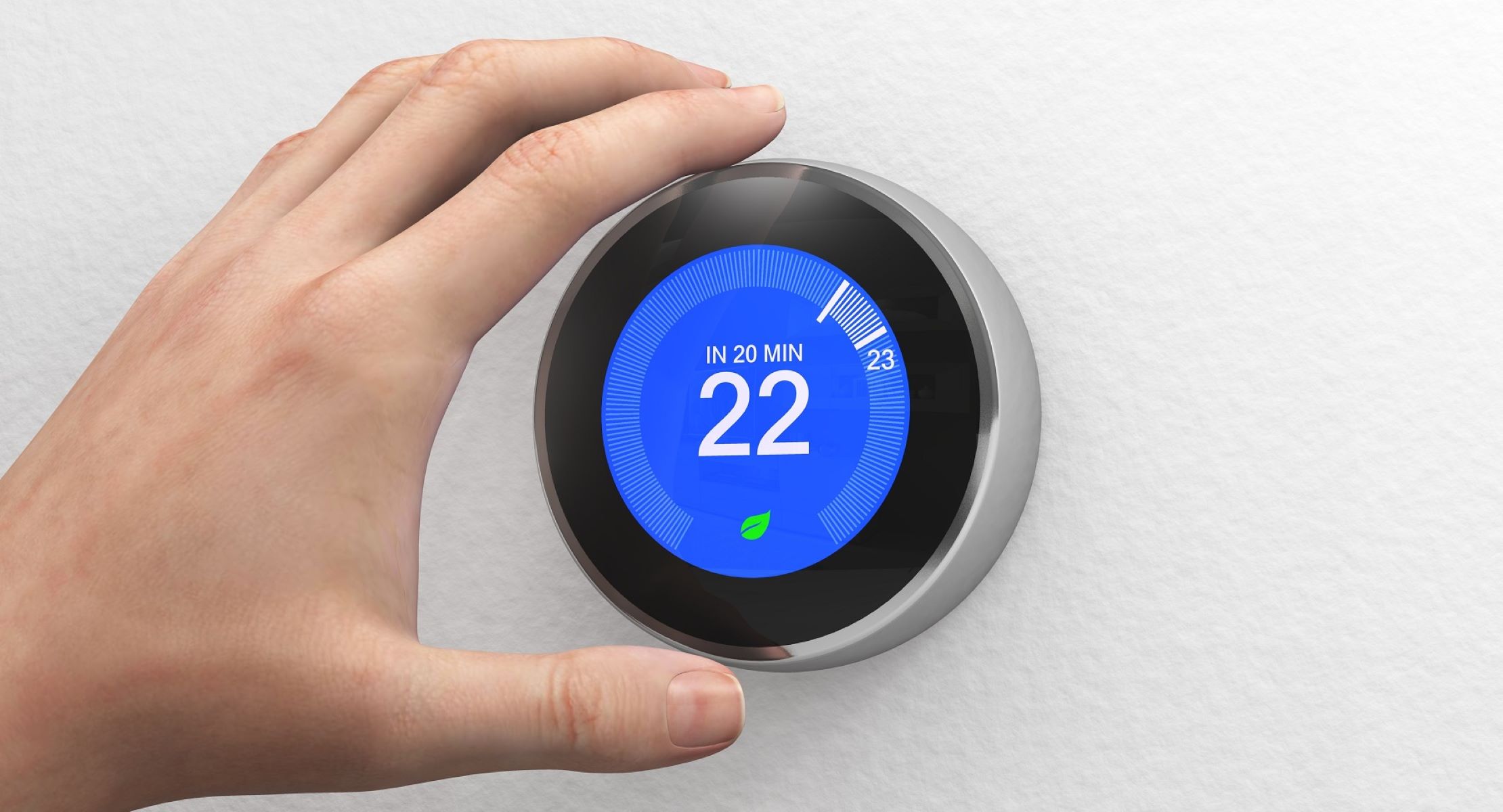
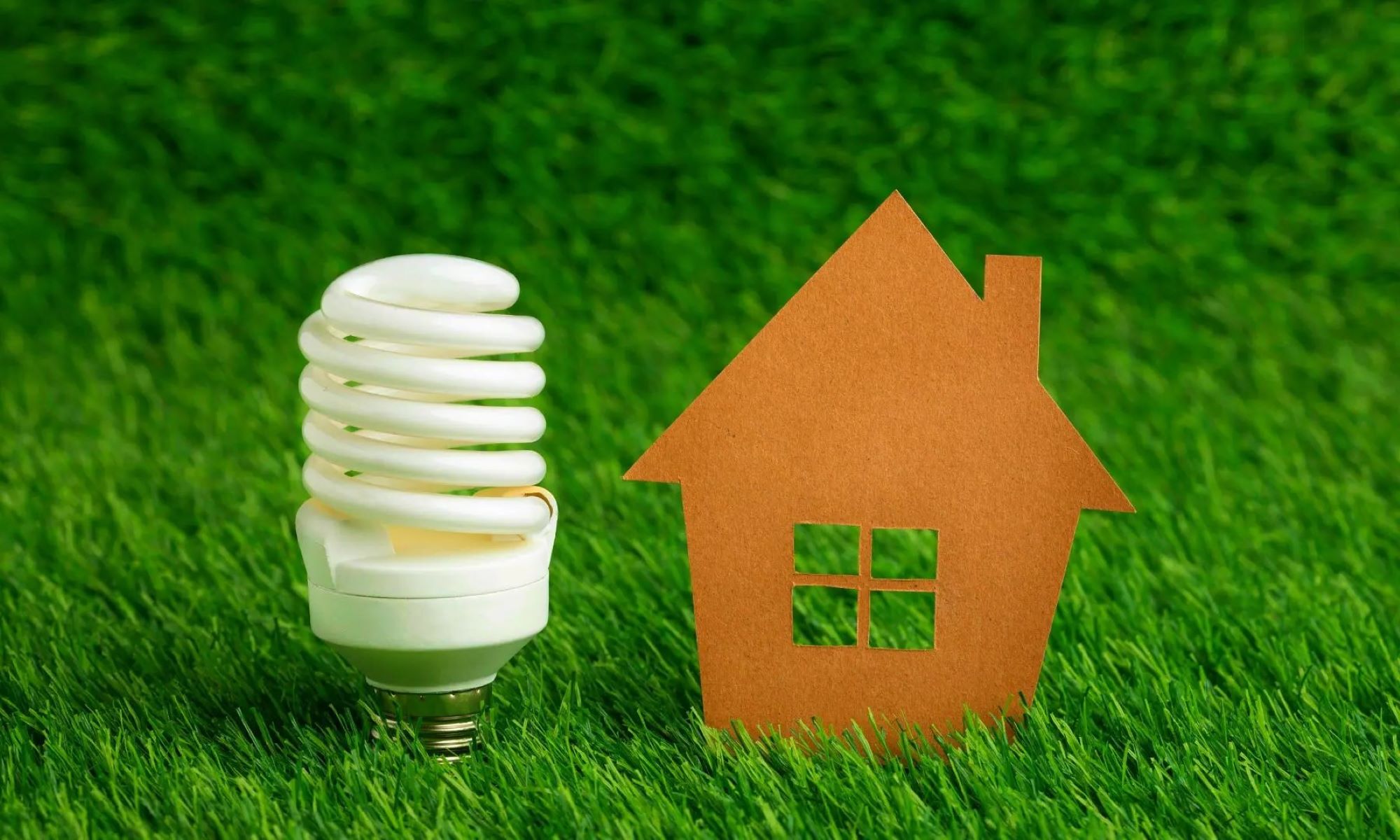


0 thoughts on “Phantom Power Slaying Energy Vampires”